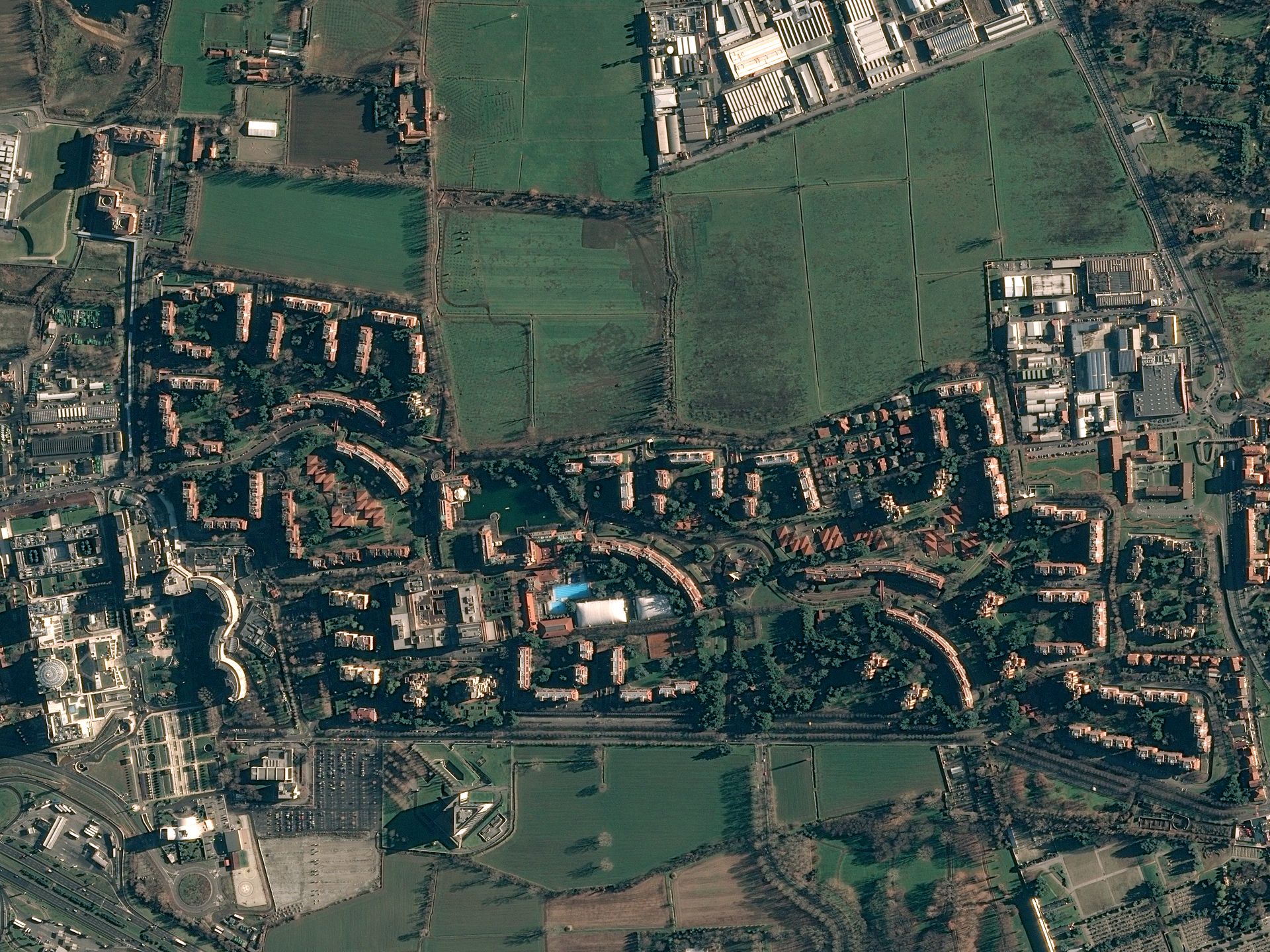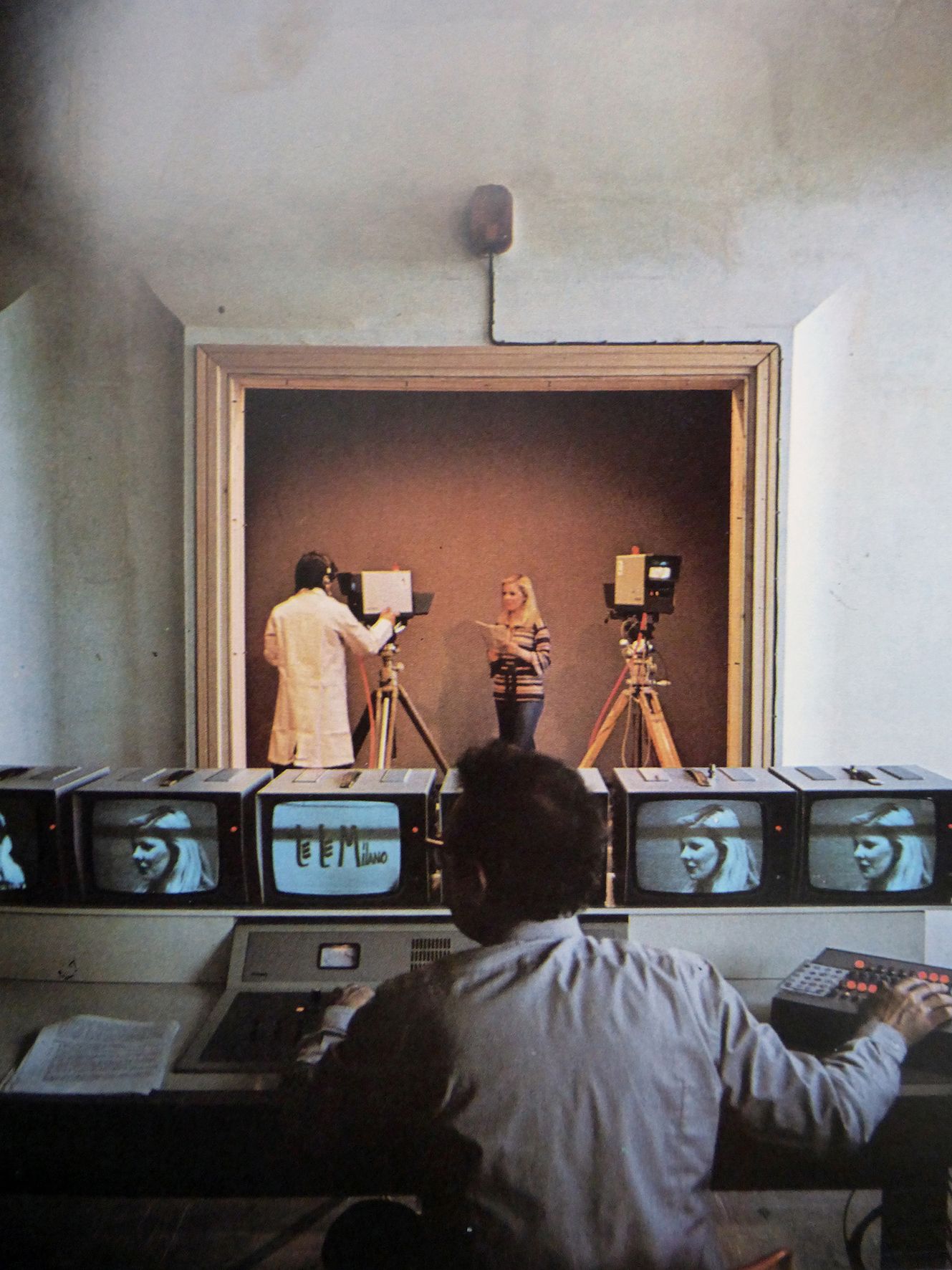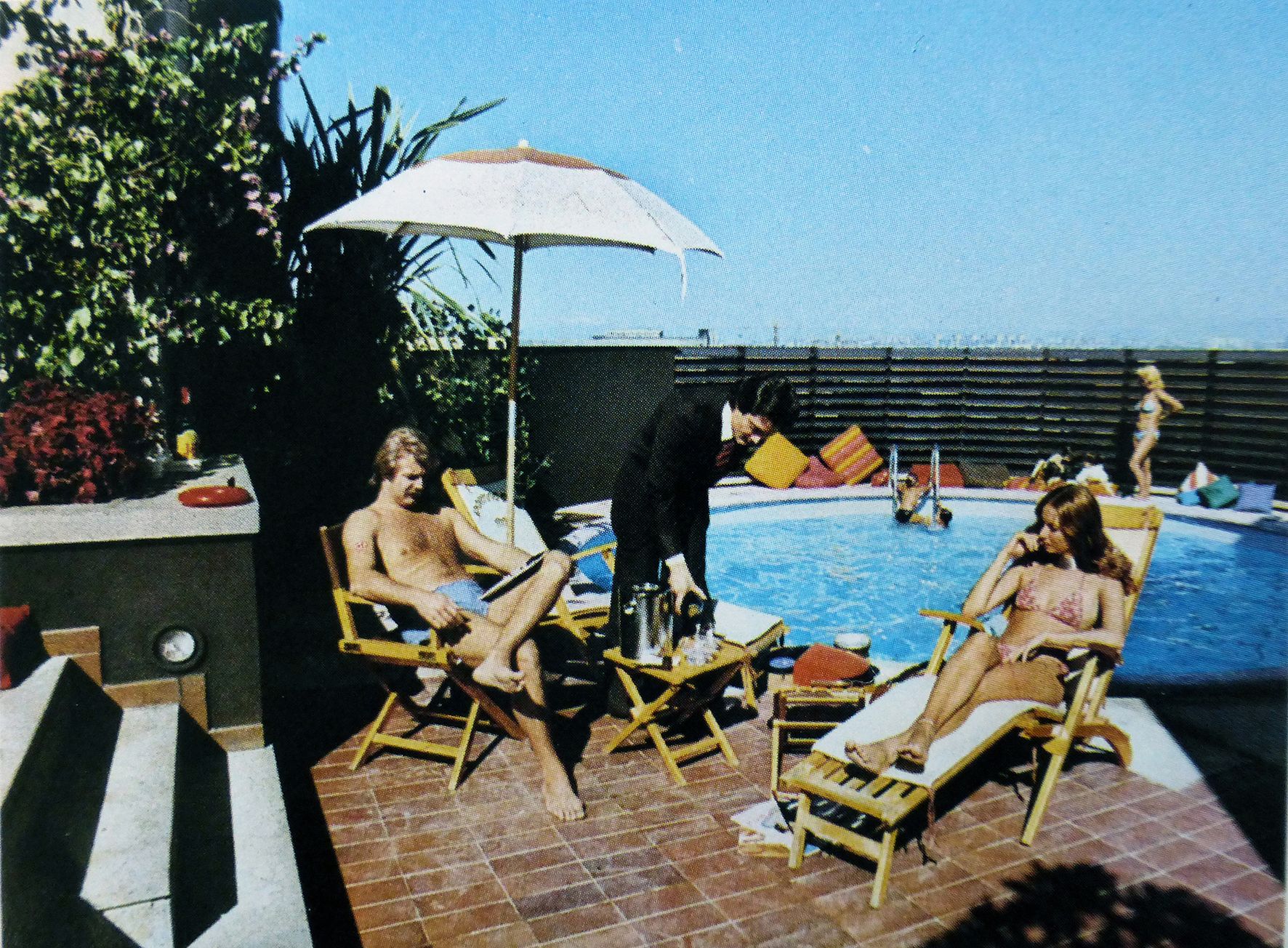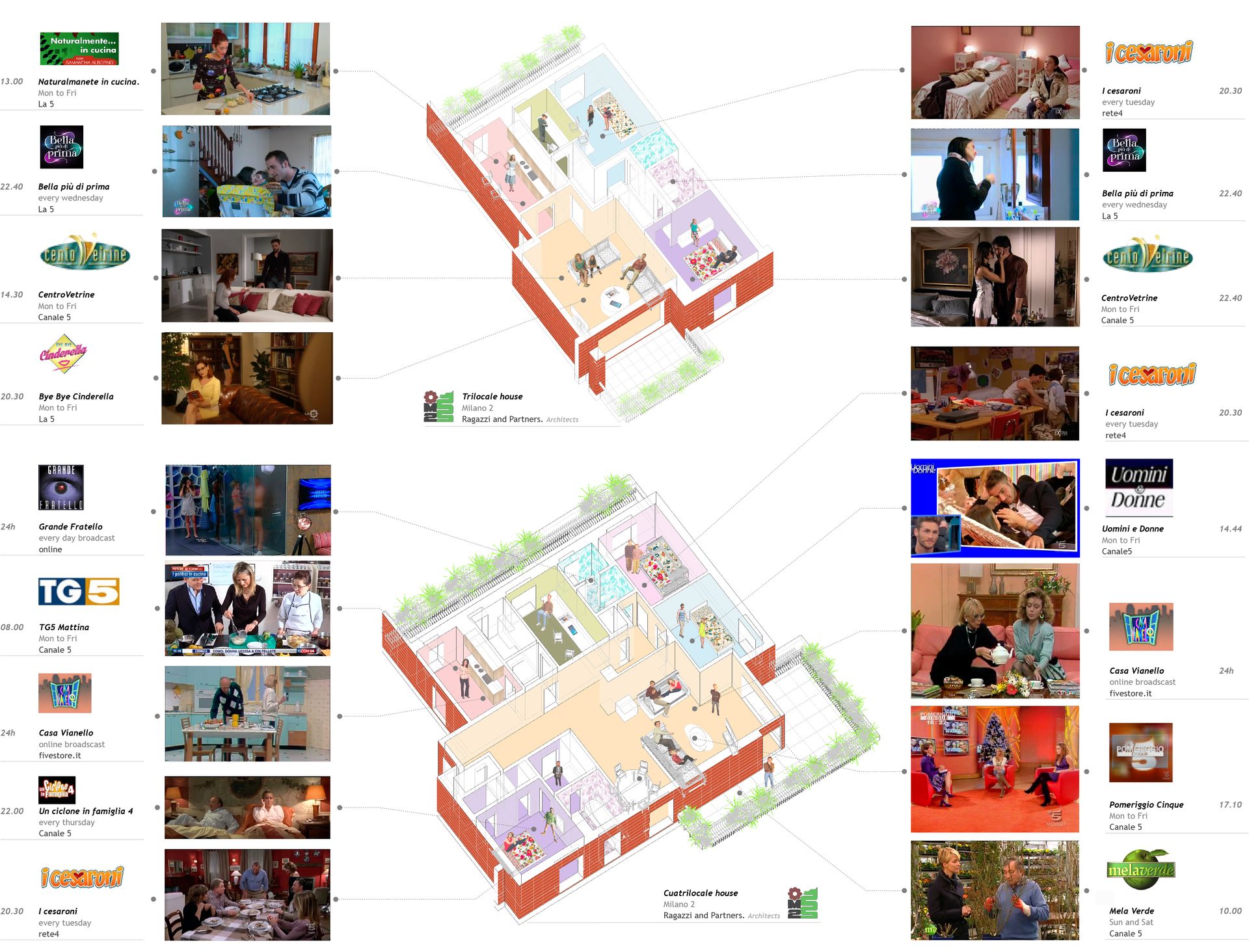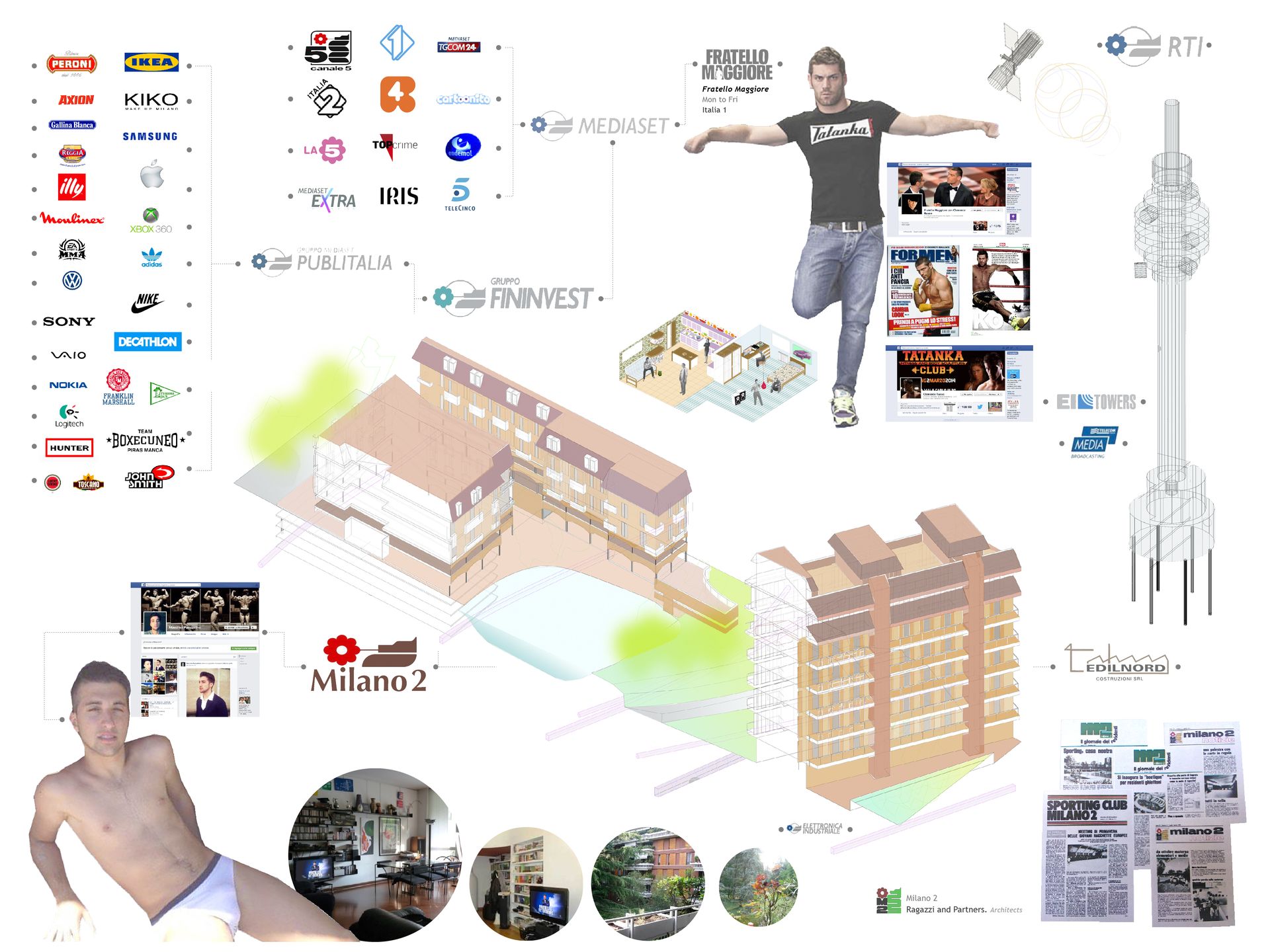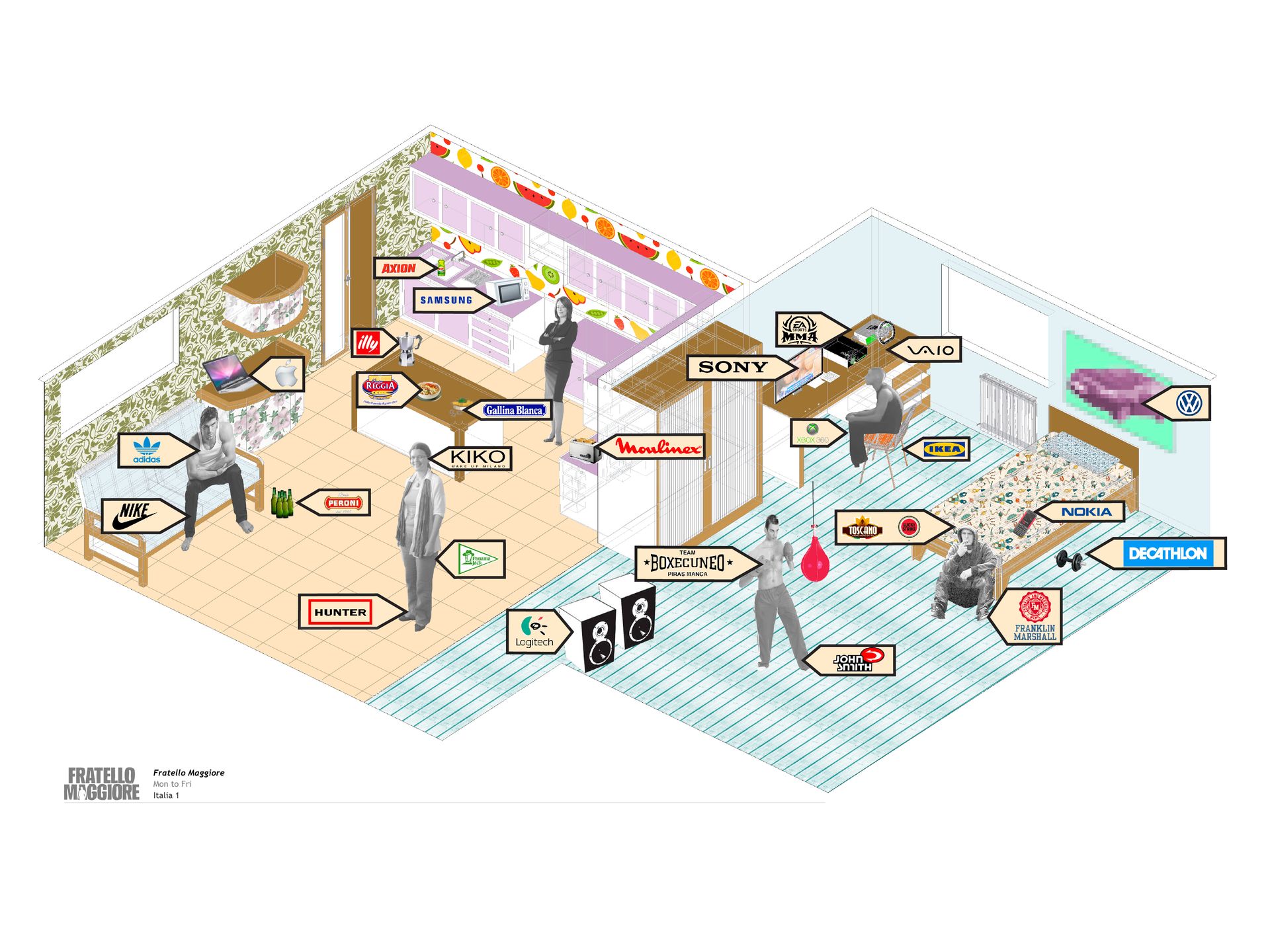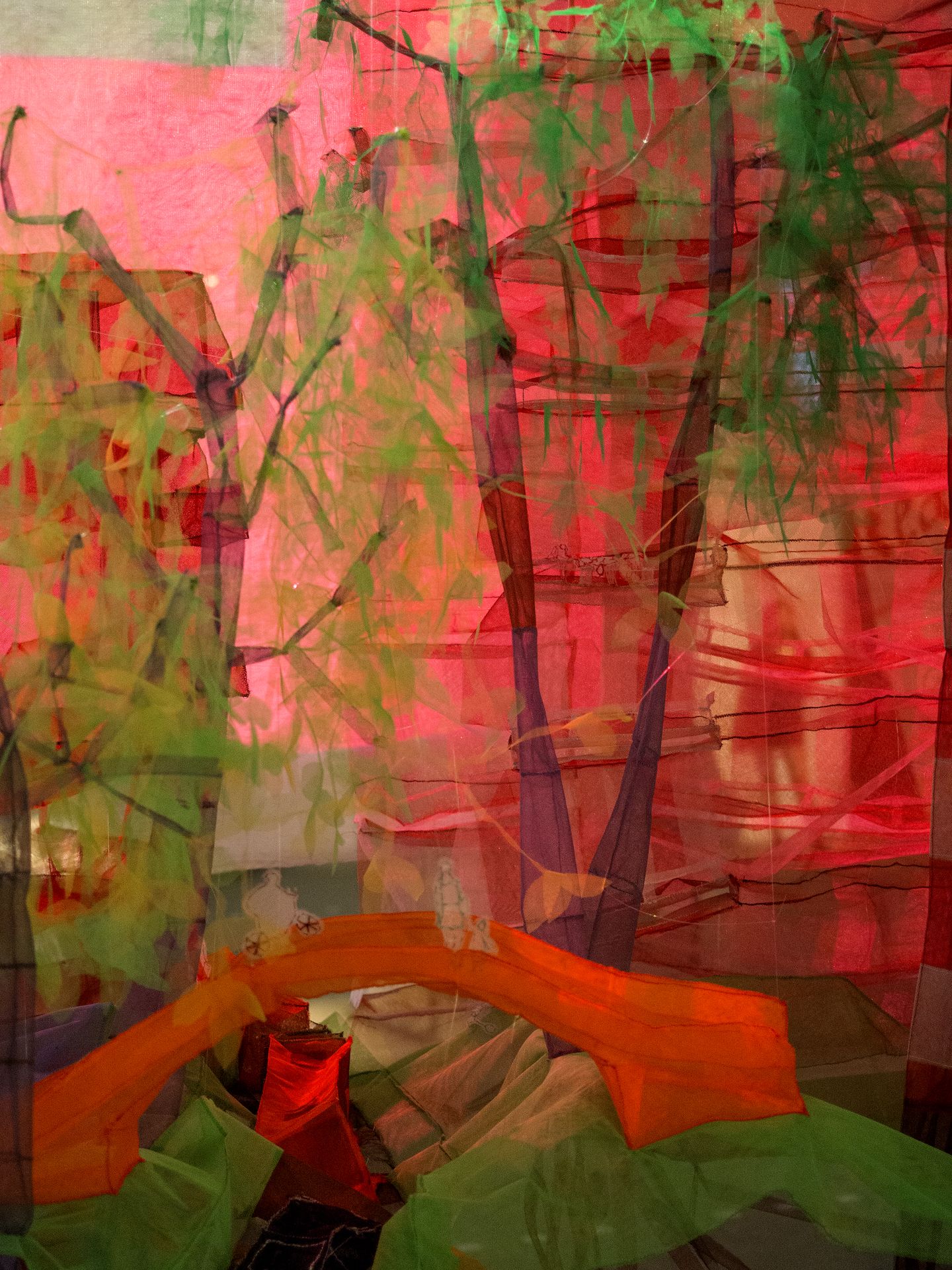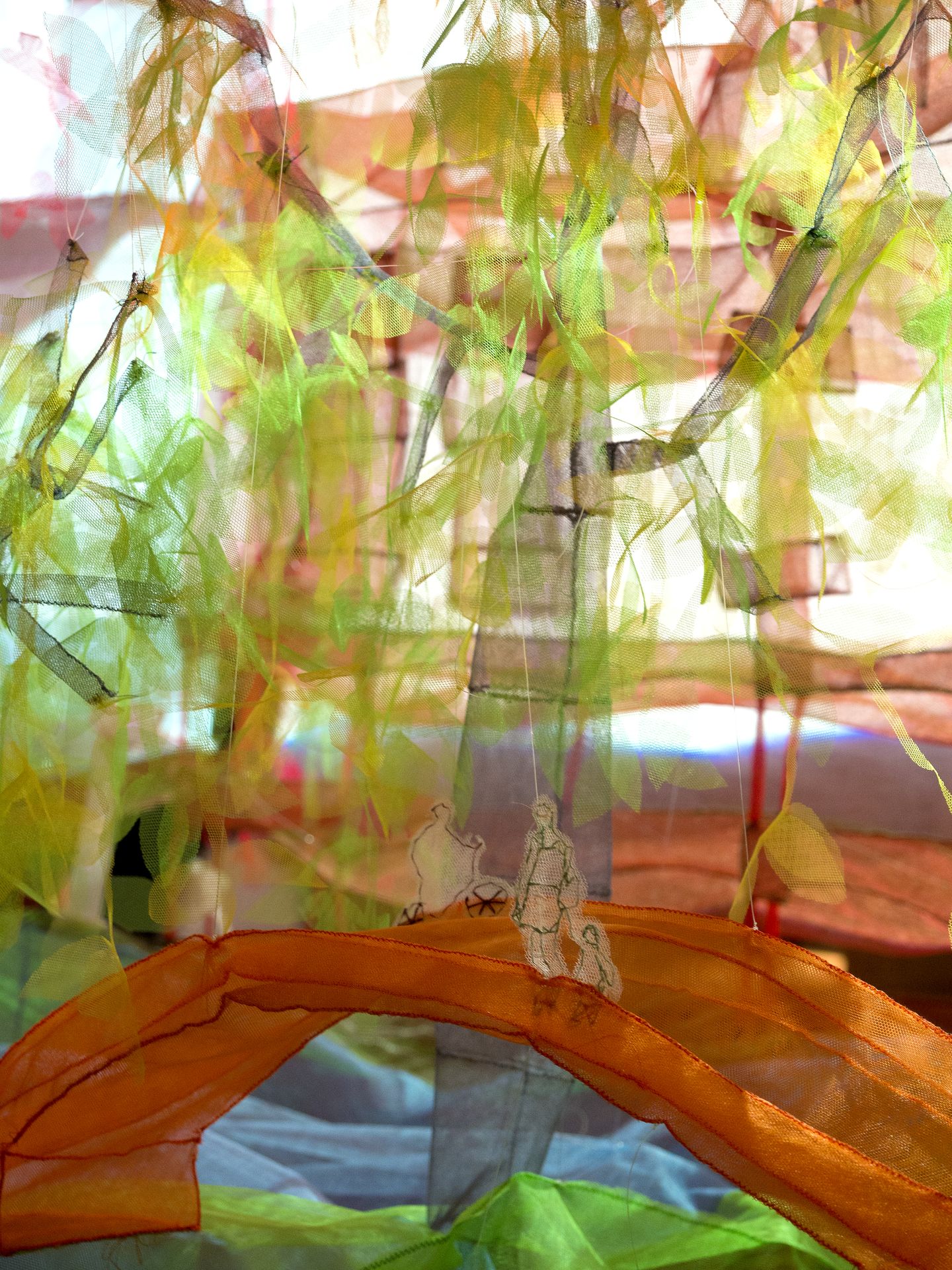About the project
Sales Oddity. Milano 2 and the Politics of Direct-To-Home TV Urbanism
Silver Lion for the Best Research Project 14th Mostra Internazionale di Archittetura della Biennale di Venezia.
This research-based installation presents the momentous role that architecture played in Silvio Berlusconi’s rise to power. This installation was first exhibited at the 14th Mostra Internazionale di Architettura della Biennale di Venezia, being awarded the Silver Lion for the Best Research Project.
Accounts of Silvio Berlusconi’s power seldom include two of its key sources: namely, architecture and urban- ism. Whereas his involvement in media is seen as a momentous constituent of his political trajectory, what is often forgotten is that his particular way of reinventing the relationship between politics and media was an architectural invention, developed and tested through the interiors, buildings, landscapes, and urbanism to which he and his team devoted a large part of their time and resources, from the late 1960s to the early 1990s.
In 1968, Silvio Berlusconi, then chair and owner of urban development company Edilnord Centri Residenziali, started to promote “Milano 2,” a 712,000-square-meter residential city ten minutes from the center of Milan. Present- ed as an alluring and inoffensive mix of rational architecture and vernacular em- bellishment, Milano 2 embodied a radical urbanism. Conceived as an alternative to the converging and homogenizing culture promoted by state-centered postwar European governments, this new urban model would instead segregate society into differentiated clusters of specialized consumption targets. Life in Milano 2 was structured by a cable television service that would grow to become the corpora- tion now known as Mediaset. Milano 2’s capacity to integrate the economic, social, and political evolution of its inhabitants was fueled by a series of design strategies meant to coordinate TV programming, interiors, access to commodities and services, architecture, and landscaping into what I will call “transmedia urbanism.” This coordination was intended to render Berlusconi’s company as the compulsory node in a new context in which purveyors, consumers, and the links that brought them together were reinvented.
Credits
Andrés Jaque / Office for Political Innovation
Silver Lion for the Best Research Project 14th Mostra Internazionale di Architettura della Biennale di Venezia
Research and production
Roberto González García, Lubo Dragomirov, Alberto Heras, María Alejandra Sánchez
Research
Ruggero Agnolutto, Enrico Forestieri, Margherita Gioia, Matteo Pace Sargenti, Pietro Pezzani, Anna Tartaglia
Audiovisual production
Bollería Industrial: Paula Currás, Eugenio Fernández, Ana Olmedo, Enrique Ventosa
Photography
Miguel de Guzmán
Textile production
Mari-Carmen Ovejero
Sound art
Jorge López Conde
With the support of
Acción Cultural Española (AC/E), AECID Agencia Española de Cooperación Internacional para el Desarrollo, Imagen Subliminal, Monstruos, Politecnico di Milano
English edition
John Wriedt
Translation into Italian
Giuseppe Tota Ballardini
